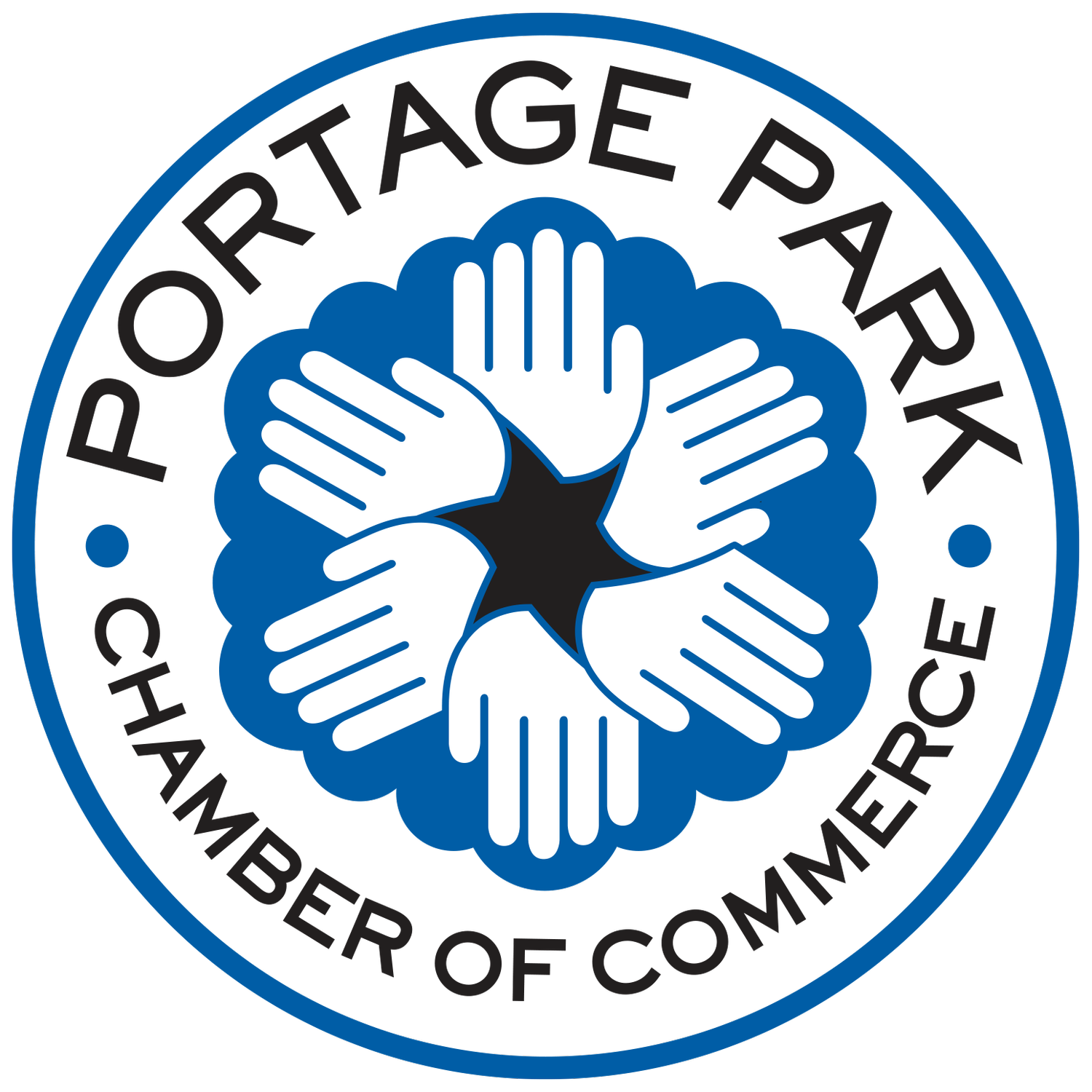History of Irving Park
The chain of events leading to the development of Irving Park began in 1843 when Major Noble purchased a 160-acre tract of land from Christopher L. Ward, upon which Noble established a farm. The boundaries of the farm today would be Montrose on the north, Irving Park to the south, Pulaski to the east, and Kostner to the west. Major Noble’s house on the east side of Elston, just south of Montrose, doubled as the Blackthorn Tavern, serving travelers coming to and from the city of Chicago along the North West Plank Road (Elston). After many years of successful farming, Noble sold the farm and retired to McHenry County. Four men from New York, Charles T. Race, John S. Brown, Adelbert E. Brown, and John Wheeler, purchased the farm in 1869 for $20,000. Shortly thereafter, they purchased an additional 80-acre tract immediately south of the Noble farm from John Gray for $25,000. This parcel bounded by Irving Park Road on the north, Grace on the south, Pulaski to the east and Kostner to the west was part of his original 320 acre farm. The intention of the men was to continue farming, but after seeing the success of suburban communities which had recently opened for settlement, they decided to subdivide their land and create an exclusive suburb seven miles from the city.
An agreement was reached with the Chicago & Northwestern Railroad allowing their trains to stop in Irving Park if the developers would build a station. This was done and the station, still at the same location, continues to serve neighborhood residents today. The original name chosen for the suburb was “Irvington” after the author Washington Irving, but it was discovered that another town in Illinois had already used the name, so the name of “Irving Park” was adopted.
The original developers all built substantial mansions along Irving Park Boulevard between 1870 and 1874. All have since been razed, with the exception of the Stephen A. Race mansion, which was moved at the turn of the century, and now stands at 3945 North Tripp. Another early home, built for Erastus Brown, father of John and Adelbert, also remains at 3812 North Pulaski, although greatly altered. The Chicago fire of 1871, which was watched from the cupolas of several area homes, brought an influx of new residents who built many unique, but slightly less pretentious homes.
The 1880s found residents beginning to miss some of the advantages they had left behind in the city, and in 1889, the community, along with the rest of Jefferson Township, was annexed to Chicago. Water piped to the area from Lake Michigan, the establishment of a Fire Department, and streetcar service along major streets, were some of the improvements to occur during the first years after annexation.
Over 200 homes had been built in the original subdivision within the first 20 years. Several additions to Irving Park had greatly increased the 240 acre-suburb. Grayland, which was opened for settlement in 1874, extended west from Kostner to Cicero, between Irving Park and Addison. Subdivided by John Gray, the first Republican Sheriff of Cook County, on a portion of his extensive farm, it grew around the Grayland station of the Milwaukee Road Railroad, which is still in active use today. Gray’s first home, built in 1856 at 4362 West Grace, survives today in a remarkable state of preservation, and is the oldest house in Irving Park. Gray later built a house on the northwest corner of Milwaukee and Lowell to reflect his newfound wealth, and it was a community showplace. Indoor plumbing with gold fixtures, exotic woods, and expensive marbles highlighted his home. It was razed about 1915.
Although annexation of Irving Park into the City of Chicago as part of Jefferson Township occurred in 1889, in the 1890s streets were still unpaved and unlighted. As improvements were added, the main thoroughfare became a construction zone; streets were updated, and public transportation was created. A residential boom between 1895 and 1914 added more than 5,000 new buildings, of which 1,200 were multi-family residences.
In 1910, the residents of Irving Park established their own park district and created eight local parks, the largest of which is Independence Park. Considered one of the finest landscaped neighborhood parks in the City for many years, Independence Park also served as the site of local Fourth of July celebrations. This annual event featured a parade down Irving Park Boulevard involving hundreds of children, athletic events, a band concert, and an award-winning display of fireworks.
In 1933, the Irving Park Park District merged with the Chicago Park District. Irving Park continued to grow steadily during the first decades of the twentieth century. Several large apartment buildings featuring elaborate wrought iron fencing, fountains, and terra cotta details, were constructed primarily north of Irving Park Boulevard. The Depression and war years saw many of the larger homes converted into rooming houses and two-family homes. The prosperity following the war was diminished when it was learned the Northwest (Kennedy) Expressway would cut directly through the heart of Irving Park. This resulted in the displacement of many residents, and loss of many homes and businesses. During the 1960s, condominiums replaced several larger homes along Keystone, Kedvale, and Keeler north of the expressway.
Irving Park’s population grew from 49,489 in 1980, to 58,643 in 2000. During those decades, the Hispanic population increased from 9 percent to 43 percent. The combined efforts of the residents of the Irving Park area has helped to return the community to its original glory, and to what has been referred to as a “suburb within the city.”
JOIN THE EMAIL LIST FOR THE CHAMBER TO STAY UP TO DATE ON EVENTS, NEWS, AND MORE.
